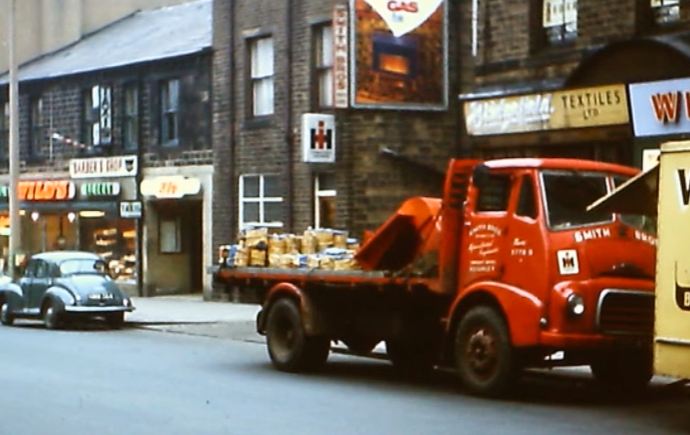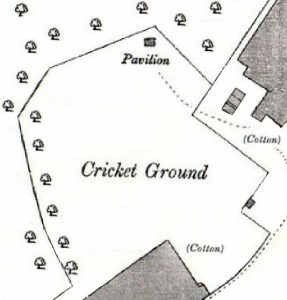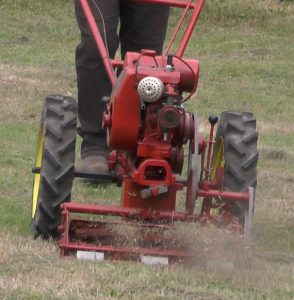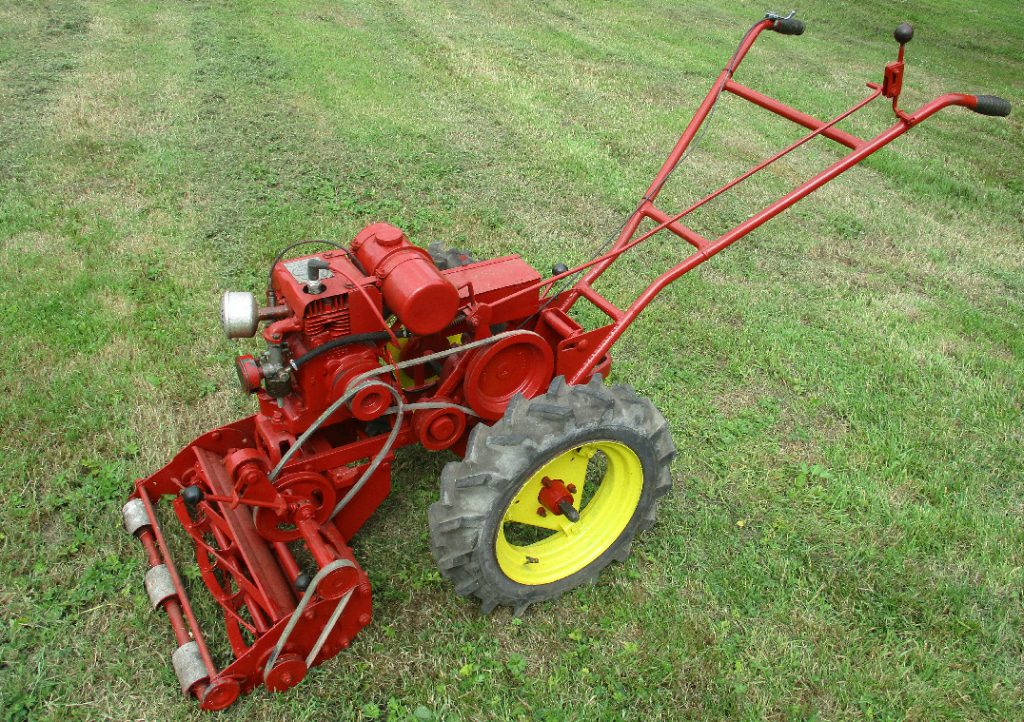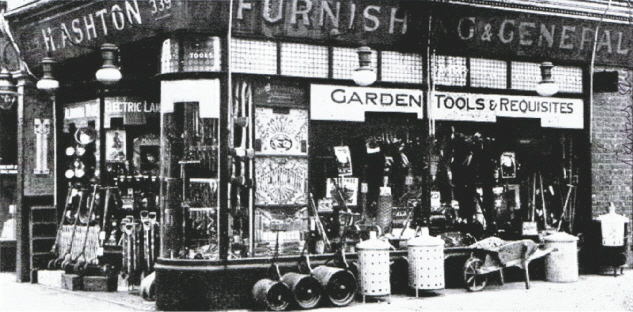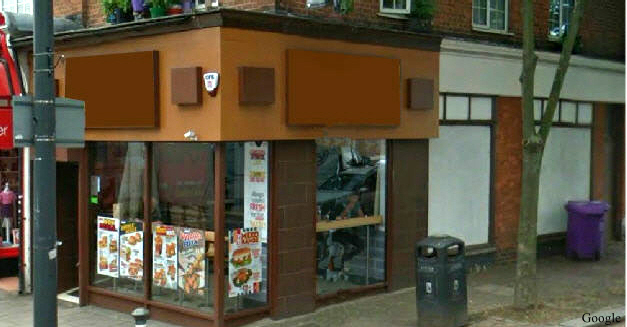Bolens & Machines on TV
June 8, 2019 in Articles, Machinery
It’s rare to see vintage gardening machines on television, occasionally they appear on vintage online news clips such as https://www.britishpathe.com/* which is worth searching; with black and white film from the 20th Century and voice-overs done with real gusto as they did in the good old days. How about watching the short 1950 advert * of a fantastic radio-controlled mower on the old cathode-ray tube in the living room – it was all the future and more!
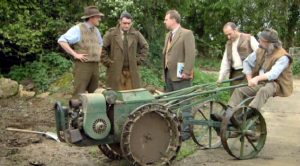
The Wartime Farm on BBC in 2012 featuring VHGMC members
Not forgetting our chairman and others who did a sterling job on the BBC programme The Wartime Farm* in 2012, as shown in the image on the right with a Trusty Tractor.
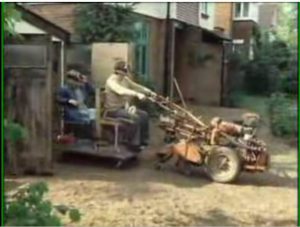
The Howard gem as featured in The Good Life from 1975 onwards
And then something else comes to light. You may have seen the recent VHGMC forum thread regarding a couple of ride-on mowers that appeared in ‘The Prisoner‘ which was filmed in the UK, outdoors was filmed at Portmeirion and indoors at MGM studios, Borehamwood, filming was between 1966 and 1968. For younger readers, which includes me although I recall the repeats, ‘The Prisoner‘* revolved around the imprisonment of a British intelligent agent in a surreal village on the coast and his search for information on his location and various plans for escaping.
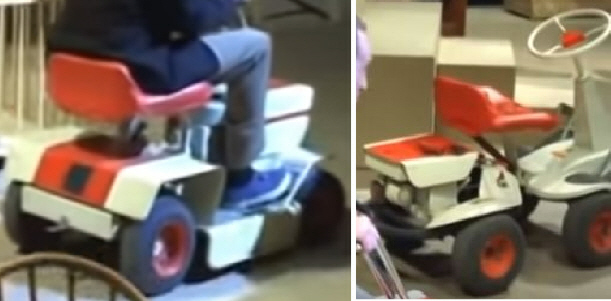
Bolens Suburban 26 (Left image) and Bolens Lawn Keeper on the UK TV show ‘The Prisoner’ in the 1960’s.
The two machines, pictured above, featured on a few brief occasions through ‘The Prisoner‘ series and turned out to be by Bolens. The left pictured one being a Bolens Suburban 26 and the right being a Bolens Lawn Keeper. The Lawn Keeper, of which there are a few in the UK, is an articulated machine with an out-front mower but can also take other attachments such as a snow blade, this is one of the 910 series Lawn Keeper machines and from the image appears to be powered by a Tecumseh engine.
The Bolens Suburban 26 in the left image is an altogether rarer (at present non-existent) machine in the UK. Bolens marketed this machine through the 1960’s and it had various cosmetic changes to the tin-work through that period of time. The illustrated machine has a 5hp Briggs and Stratton engine and was capable of a 26″ cut.
The Question is: Does anyone have a Bolens Suburban in the UK, or was Patrick McGoohan on ‘The Prisoner’ the only person to get a test drive? Also what was the nearest Bolens dealership to the MGM studios at Borehamwood? It may even be that the TV producer or writer saw these machines somewhere and decided to use them in ‘The Prisoner’ as something a bit quirky – you never know! Let us know your thoughts!
Update: I’ve found that Rolfes of Romsey (referred to usually as Rolfe’s Mini Tractors) were selling the Lawn Keeper and Suburban at this time. They had an ex-demo Lawn Keeper at 6 months old for £225 in 1968, and a fair heap of Suburban ride-ons too, they may not have been big sellers, an 18 month old shop soiled machine could be yours for £85 when the new retail price was £230. A VHGMC advert for Rolfes albeit their Jacobsen sales but it has their address.
*Please note cookies/GDPR for external websites.
Note: Images/media are used for research/illustration purposes only with copyright held by respective publishers.

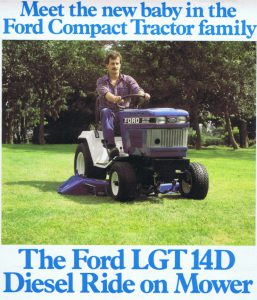
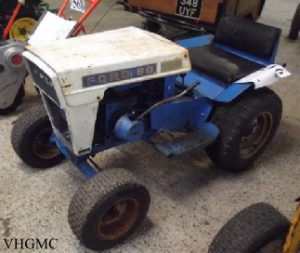
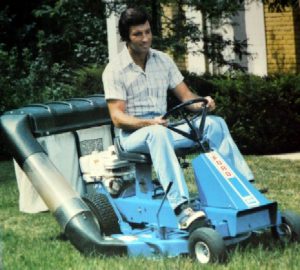
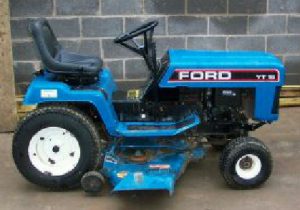
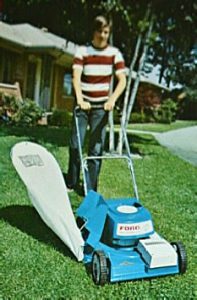
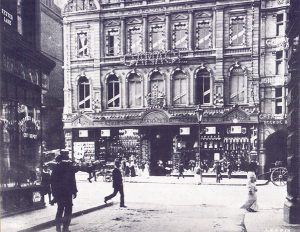
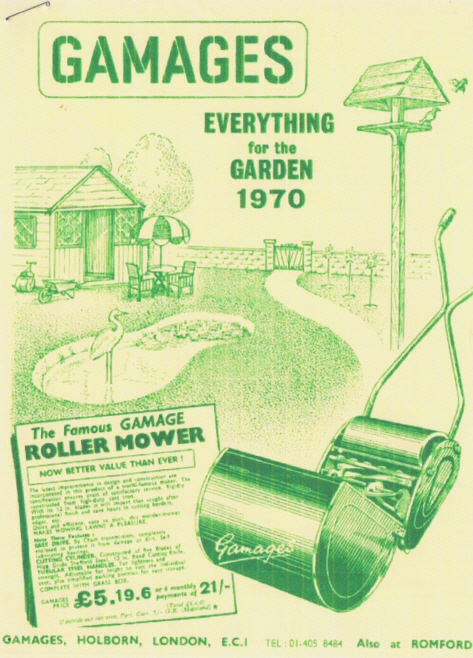
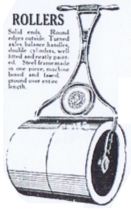
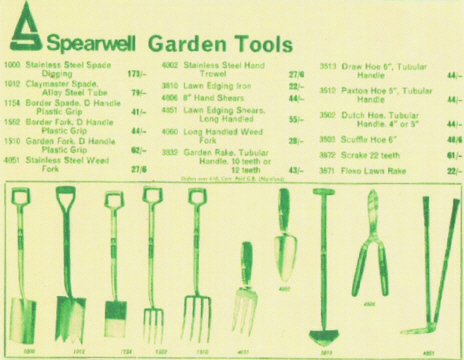
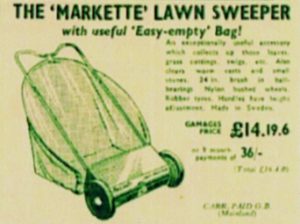
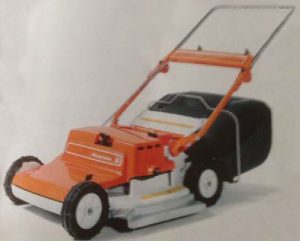
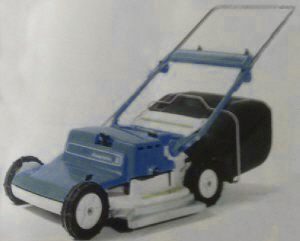
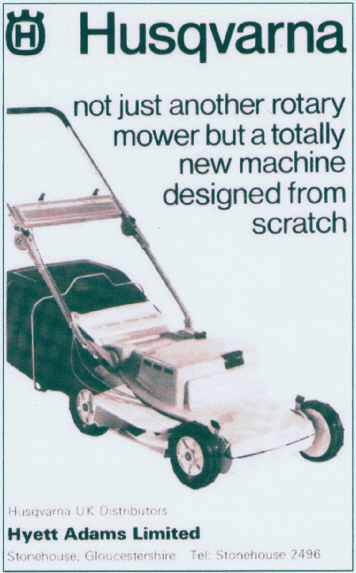 Then, a year after I started looking for this mower I find a magazine advert (image right) with dealers name and address of Hyett Adams in Gloucestershire, which confirms they were sold in the UK and it wasn’t just some magazine hear-say to fill their editorial pages.
Then, a year after I started looking for this mower I find a magazine advert (image right) with dealers name and address of Hyett Adams in Gloucestershire, which confirms they were sold in the UK and it wasn’t just some magazine hear-say to fill their editorial pages.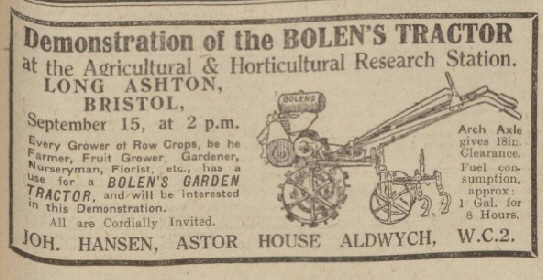
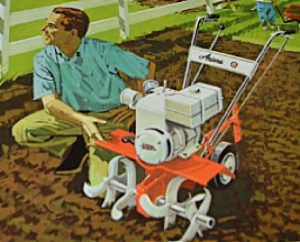
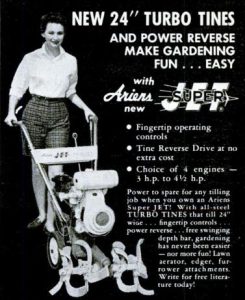
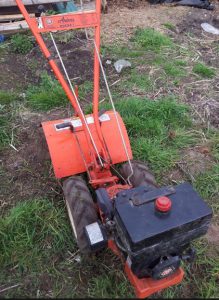
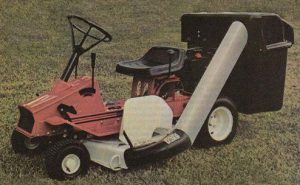
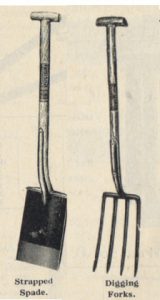
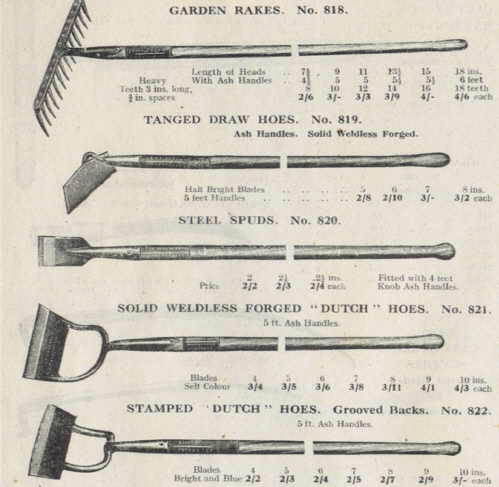
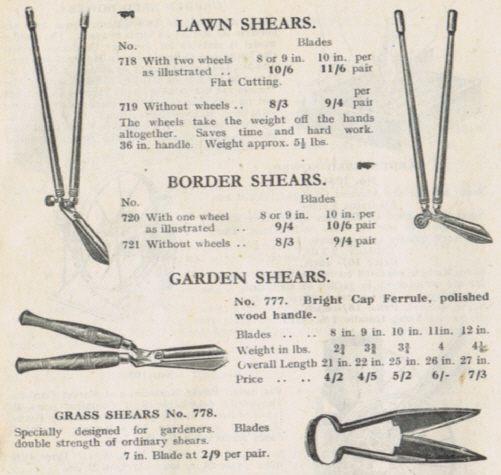
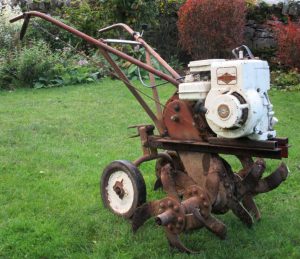
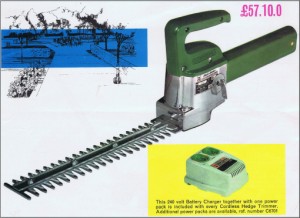
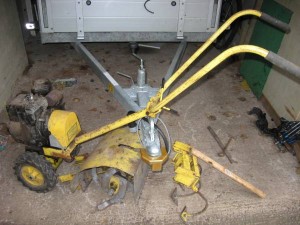
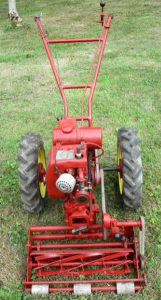
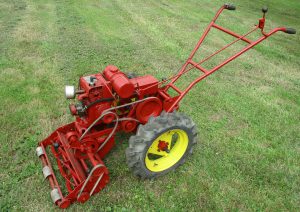
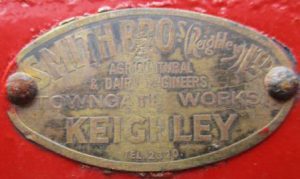 Unusually this article is briefly about a specific machine. And just as this Barford has a history so does every machine and they are always worth researching. If you have a manufacturer name, address or makers plate then five places to start are:
Unusually this article is briefly about a specific machine. And just as this Barford has a history so does every machine and they are always worth researching. If you have a manufacturer name, address or makers plate then five places to start are: